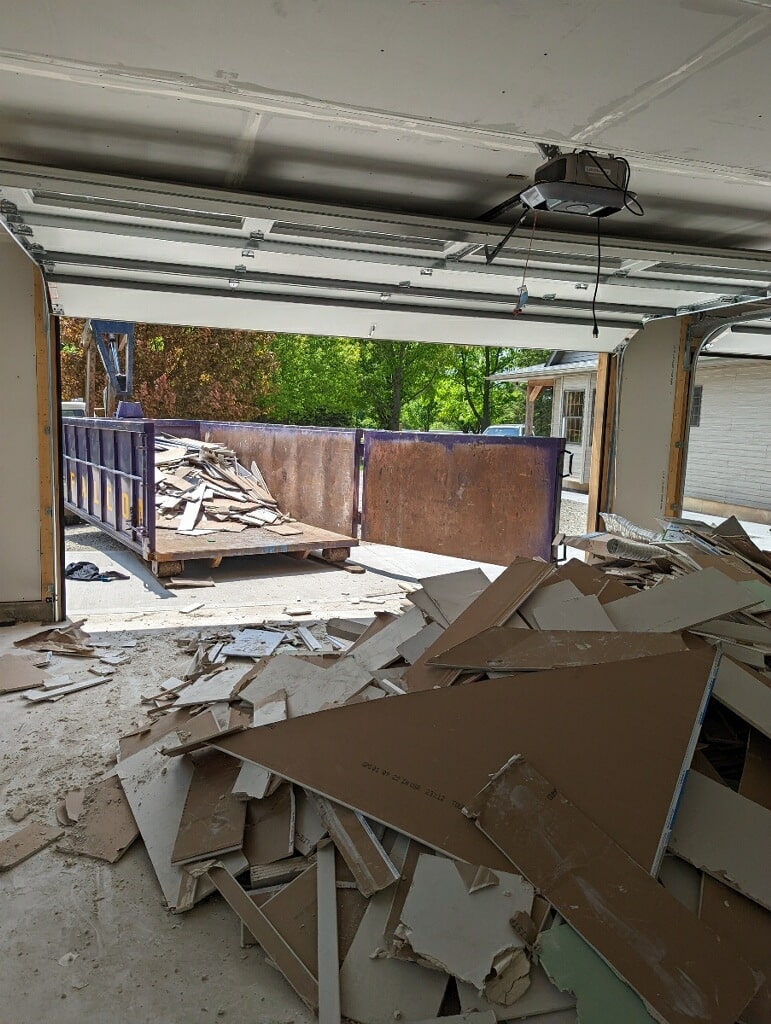
The world of construction and demolition (C&D) is bustling with activity, but it also generates a staggering volume of waste. As we strive for a more sustainable future, it’s imperative to address the environmental impact of C&D waste. Enter C&D recycling – a transformative approach that not only curbs the landfilling of construction waste but also paves the way for innovative repurposing of salvaged materials.
Unveiling the C&D Waste Challenge
Construction and demolition projects are known for their scale and ambition, yet they also generate an immense amount of waste. From discarded materials during construction to the remains of demolished structures, the volume of C&D waste poses a significant challenge to responsible waste management. The conventional solution of landfilling this waste comes with adverse environmental consequences that cannot be ignored.
The Environmental Toll of Landfilling C&D Waste
Landfilling C&D waste not only consumes valuable land space but also contributes to pollution and resource depletion. As materials degrade in landfills, they release harmful substances into the soil and water, posing risks to ecosystems and public health. Additionally, burying materials that still possess utility perpetuates the cycle of resource extraction and production, further straining our planet’s resources.
The Promise of C&D Recycling: Salvaging Materials and Minimizing Waste
C&D recycling emerges as a beacon of hope in this landscape of waste. By diverting C&D waste from landfills and directing it towards recycling centers, we create a cycle of sustainability. A wide array of materials, including concrete, metal, wood, glass, and more, can be salvaged from C&D sites. These materials hold immense potential for repurposing, minimizing the demand for virgin resources and significantly reducing environmental impact.
A Second Life for Salvaged Materials: Innovative Repurposing
The beauty of C&D recycling lies in the innovative ways recycled materials find new life. Salvaged wood can be transformed into furniture or used for renewable energy production. Crushed concrete becomes the foundation for new construction projects, reducing the need for fresh aggregates. Metals are melted down for new products, saving energy and reducing emissions. Glass and plastics are repurposed into new materials, completing the cycle of sustainability.
Championing Change: Pioneering C&D Recycling Projects
The success stories of projects and companies that have wholeheartedly embraced C&D recycling are inspiring. From large-scale infrastructure developments to local construction initiatives, these pioneers demonstrate that responsible waste management can be integrated seamlessly into operations. They showcase that C&D recycling isn’t just an environmental obligation; it’s an opportunity to showcase innovative practices and responsible stewardship.
Conclusion: A Sustainable Foundation for the Future
As we navigate the challenges of a rapidly changing world, C&D recycling emerges as a solution that aligns environmental responsibility with economic viability. By educating ourselves about the substantial volume of waste generated by construction and demolition, we recognize the urgency of change. The journey from C&D waste to recycled materials not only reduces our carbon footprint but also shapes a greener tomorrow, where our buildings and structures stand as symbols of sustainable progress.
Falcon Green Resources has it’s own C&D Recycling Facility in West Chicago, IL
2351 Powis Rd.
West Chicago, IL 60185
Hours: Monday – Friday
6am-3pm
Saturday
6am-10am